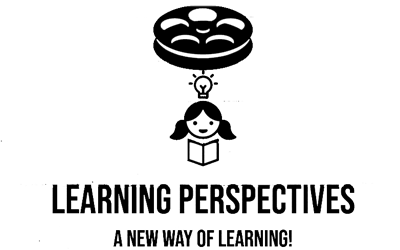Definition: Job Redesign
The process of reorganizing a job’s activities, responsibilities, and duties to boost performance, satisfy organizational objectives, and improve employee happiness is known as “job redesign.” In this blog, Learning Perspectives will explore job redesign.
Movie Case Study
Neha works for a magazine called the Verve. Abhimanyu Singh is her boss, who asks her to be responsible for redesigning the magazine. He says they can launch the new version within two weeks. The deadline astounds Priyanka Chopra’s character, Neha. She says that launching it within the next two weeks is impossible. While Abhimanyu agrees, he encourages her to go ahead with the plan.
Process of Job redesign
This procedure may entail altering a job’s instructions, methods of execution, relationships, or the environment in which it is conducted. The following are important facets of job redesign:
Job enlargement:
It is the process of adding new responsibilities or tasks to an existing one. Offering a wider range of work can help decrease boredom and boost job satisfaction.
Job enrichment:
This strategy aims to provide workers with greater autonomy, responsibility, and chances for personal development by incorporating more meaningful tasks into their work.
Job rotation:
It is the practice of transferring employees between various positions to improve their expertise, knowledge, and abilities. It can also maintain staff engagement and reduce burnout.
Job simplification:
Job simplification is especially helpful in high-volume or repetitive work contexts. It is the process of breaking a job down into smaller, more manageable tasks. This can expedite procedures and make jobs easier to do.
Job crafting:
It is a more employee-driven strategy that encourages employees to customize their work to fit their values, interests, and strengths. It can boost engagement and job satisfaction.
Advantages of Job Redesign
Enhanced Motivation and Job Satisfaction:
Meaningful and varied work environments tend to make employees feel more engaged and appreciated.
Improved Productivity and Performance:
Redesigning occupations can result in more effective workflows and greater utilization of staff members’ talents.
Enhanced Well-Being of Employees:
Redesigning a job to eliminate monotony and stress can enhance workers’ general well-being and lessen burnout.
Increased Flexibility:
By establishing more flexible positions, job redesign can assist organizations in adapting to changing circumstances and expectations.
Job Redesign Implementation
Implementing Job Redesign Assessment:
Start by analyzing the current work structure, pinpointing areas in need of development, and learning about the requirements and preferences of the workforce.
Planning:
Create a plan that details the modifications that will be made, the objectives of the redesign, and the anticipated results.
Communication:
Make sure all parties involved are aware of the rationale behind the redesign, its advantages, and its implementation strategy.
Execution:
Make the changes gradually and offer assistance and training to staff members so they may become accustomed to their new jobs.
Evaluation:
Keep a close eye on the redesign’s effects to make sure it achieves the intended goals and make any necessary revisions.
Organizations can foster a more dynamic and fulfilling work environment that promotes employee well-being and corporate success by carefully rethinking employment.








